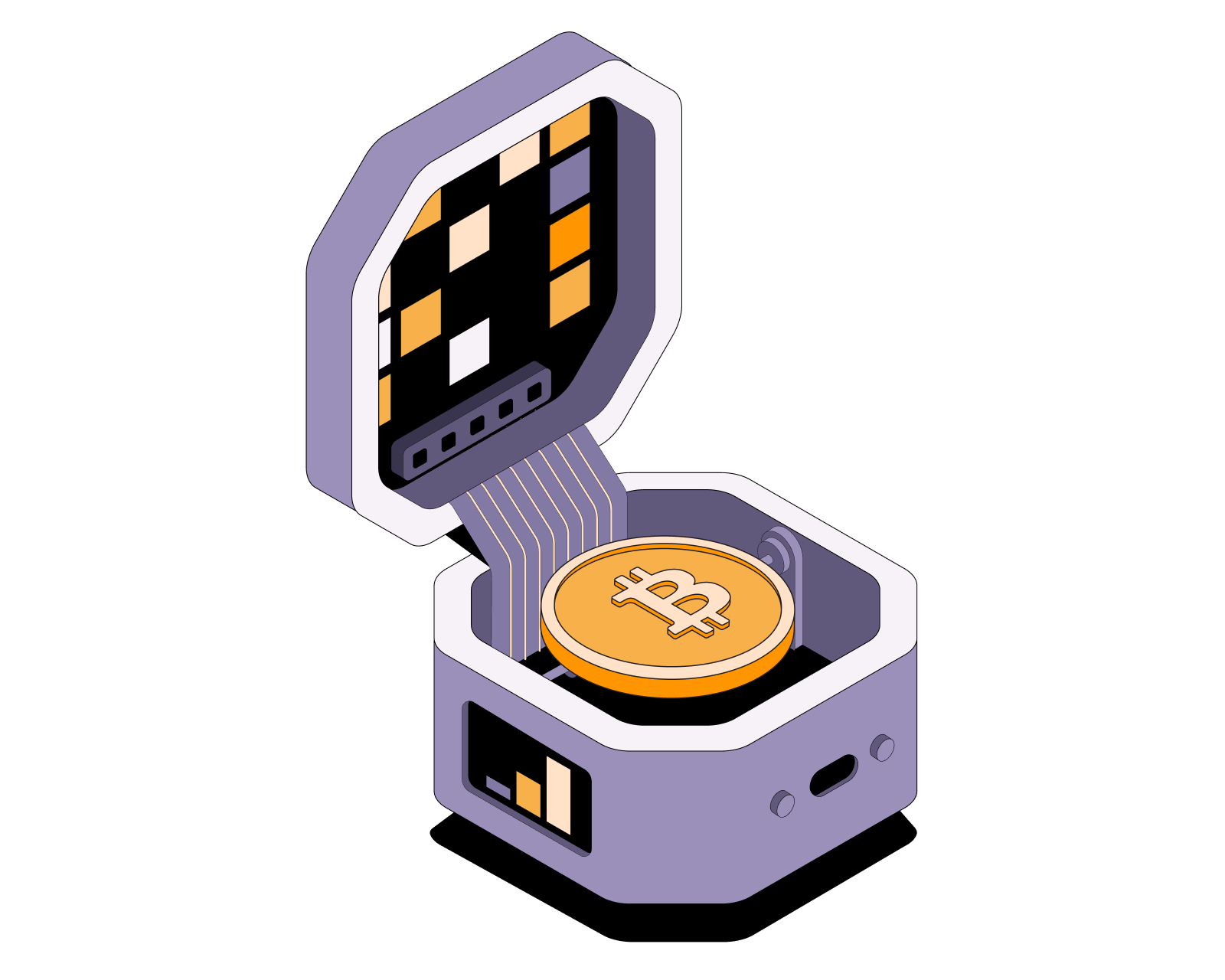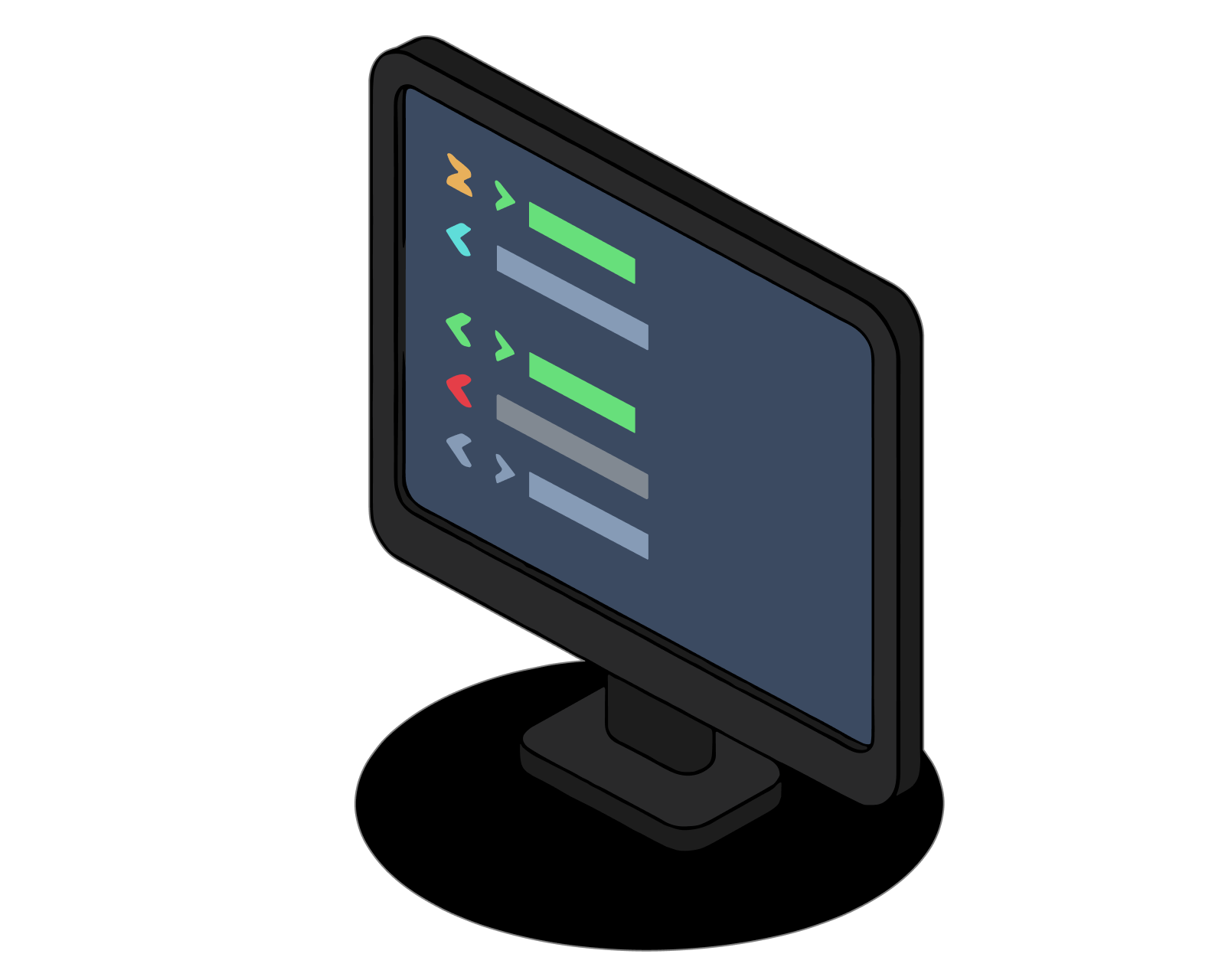What is yield farming?

Table of Contents
What is yield farming?
The simple answer is that yield farming is a way to earn rewards on deposited cryptoassets. The more complete answer is that instead of simply holding cryptoassets, yield farming is a way for enterprising people to maximize their returns on their holdings. Projects offer these rewards to people in order to temporarily use their assets. Typically projects use deposits to increase liquidity, but there are other use cases such as staking.
Deep liquidity is one of the most important attributes for any financial market because it enables fast and efficient financial transactions. For a thorough introduction to liquidity, read this article. Yield farming is a good strategy to increase liquidity. New projects can jump start their liquidity and established projects with decreasing liquidity can reverse the trend by offering generous incentives.
How does yield farming work?
DApps attract people’s cryptoassets by issuing rewards for deposits. When a person decides to deposit, they send cryptoassets to a smart contract which will hold the assets and keep track of rewards earned. The smart contract issues the depositor a token that acts as a kind of receipt. The token is used to realize any outstanding rewards, and to withdraw cryptoassets from the smart contract.
Common types of yield farming
Liquidity providing: Liquidity providers, or LPs for short, contribute cryptoassets to a decentralized exchange (DEX) and receive a percentage of exchange fees from trades. LPs must deposit equal amounts of two cryptoassets into a trade pair, for example VERSE-WETH. All LPs of the same asset composition are pooled together, hence they are known as pools, or sometimes liquidity pools. When someone swaps between two cryptoassets, in the above example VERSE and WETH, the appropriate LPs will get a percentage of the exchange fees from the trade.
Staking: There are several kinds of staking in crypto. The first kind happens at the protocol level of a Proof-of-Stake blockchain. People lend some amount of the blockchain’s native cryptoasset (ETH on the Ethereum blockchain, AVAX on the Avalanche blockchain, etc…) to the network in order to secure it. In exchange for this vital service, they receive a percentage of the blockchain’s new token issuance.
The second kind of staking is usually a limited time opportunity to earn extra yield for being a liquidity provider (LP). When you provide liquidity on a DEX, you are given an LP token, a kind of receipt used to collect earned fees and to redeem the cryptoassets in a pool. Some projects allow people to “stake" LP tokens by depositing them into a staking smart contract. This allows LPs to earn yield twice, first for providing liquidity in a pool and second for staking LP tokens on the DEX. DEX’s do this kind of staking to attract liquidity.
For example, Verse Farms offers non-custodial yield farming. Deposit select liquidity pool tokens into Verse Farms and earn additional rewards on top of the trading fees earned by providing liquidity.
Lending: DeFi allows people to borrow cryptoassets from a pool of lenders. The lenders receive yield from the interest borrowers pay. If you are new to the idea of lending or borrowing, please read the following article: What is crypto lending?
The benefits and risks of yield farming
The main benefit of yield farming is self-evident: you get to hold your cryptoassets and earn some extra return on top of that.
There are several risks to yield farming. The most common risks are from DApp developers, smart contracts, and market volatility. DApp developers might steal deposited assets or squander them. Smart contracts could have flaws or exploits that lock or allow funds to be stolen. Market volatility can cause something called impermanent loss, which largely affects DEX liquidity pools.
The best way to mitigate yield farming risks is to research projects before you deposit anything, and to stick with projects that have a long track record.
Related guides
Start from here →

What is Ethereum?
Understand Ethereum's key characteristics.

What are ERC-20 tokens?
Learn the basics of the Ethereum token standard, what ERC-20 tokens are used for, and how they work.
Read this article →
What are ERC-20 tokens?
Learn the basics of the Ethereum token standard, what ERC-20 tokens are used for, and how they work.

What is Verse?
Learn about Bitcoin.com’s official token, ways to earn it, and how to use it in the Bitcoin.com ecosystem and beyond.
Read this article →
What is Verse?
Learn about Bitcoin.com’s official token, ways to earn it, and how to use it in the Bitcoin.com ecosystem and beyond.

What is a DEX?
A decentralized exchange (DEX) is a type of exchange that specializes in peer-to-peer transactions of cryptocurrencies and digital assets. Unlike centralized exchanges (CEXs), DEXs do not require a trusted third party, or intermediary, to facilitate the exchange of cryptoassets.
Read this article →
What is a DEX?
A decentralized exchange (DEX) is a type of exchange that specializes in peer-to-peer transactions of cryptocurrencies and digital assets. Unlike centralized exchanges (CEXs), DEXs do not require a trusted third party, or intermediary, to facilitate the exchange of cryptoassets.
STAY AHEAD IN CRYPTO
Stay ahead in crypto with our weekly newsletter delivering the insights that matter most
Weekly crypto news, curated for you
Actionable insights and educational tips
Updates on products fueling economic freedom
No spam. Unsubscribe anytime.



Start investing safely with the Bitcoin.com Wallet
Over wallets created so far
Everything you need to buy, sell, trade, and invest your Bitcoin and cryptocurrency securely

© 2025 Saint Bitts LLC Bitcoin.com. All rights reserved


